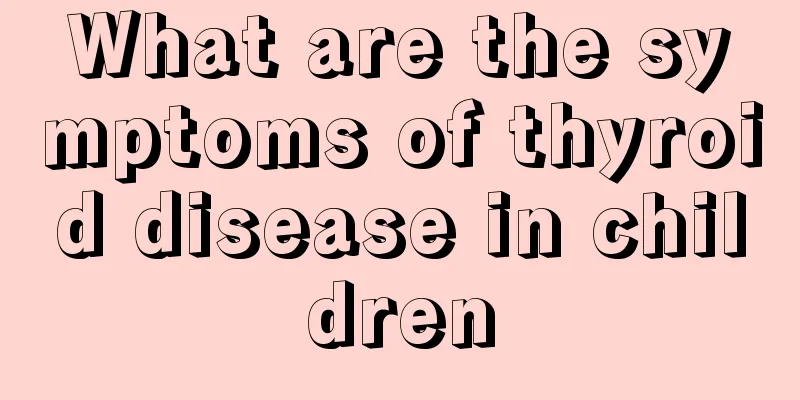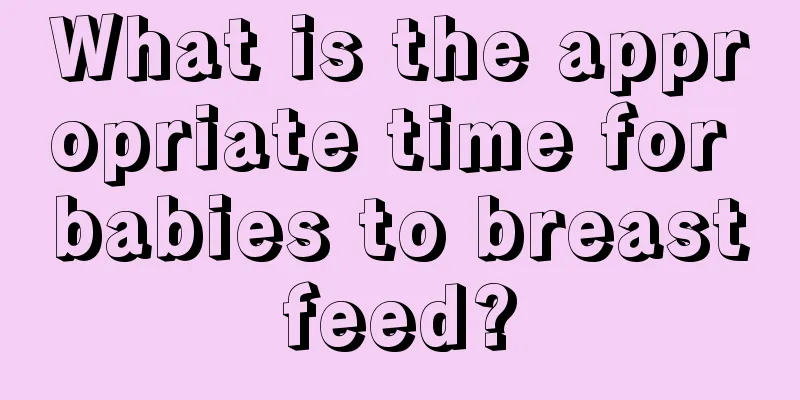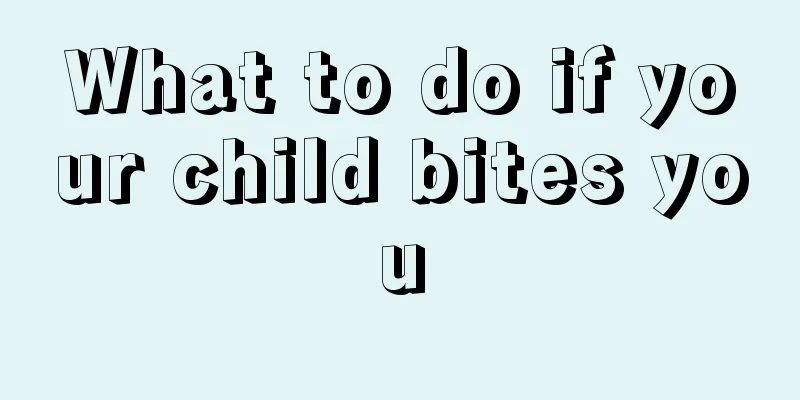What are the symptoms of thyroid disease in children

|
If they have thyroiditis, then it will have a great impact on their physical health. In many cases, it is caused by bacteria and viruses invading the body, which leads to thyroiditis and thyroid enlargement. Sometimes it is divided into acute, subacute and chronic types. Children with low immunity are especially prone to these symptoms, which can also cause fever, headache, and high fever. 1. Thyroiditis is caused by the invasion of bacteria, viruses, etc. into the body. Clinically, thyroiditis often causes enlargement and nodular changes of the thyroid gland, which is called thyroiditis. It can be divided into three types: acute, subacute, and chronic. Children have lower immunity and are easily infected by thyroiditis. Thyroiditis can easily cause thyroid suppuration in children, which is difficult to treat clinically. 2. Thyroiditis is caused by the invasion of bacteria, viruses, etc. into the body. Clinically, thyroiditis often causes enlargement and nodular changes of the thyroid gland, which is called thyroiditis. It can be divided into three types: acute, subacute, and chronic. Children have lower immunity and are easily infected by thyroiditis. Thyroiditis can easily cause thyroid suppuration in children, which is difficult to treat clinically and usually requires surgical incision and drainage of the pus, so parents should always be vigilant. 3. Acute thyroiditis is caused by bacterial infection. The thyroid gland becomes red and swollen, and there is fever and headache. Sometimes children have high fever, increased white blood cell count, difficulty breathing, and hoarseness. It can be cured with large amounts of antibiotics and symptomatic treatment. Subacute thyroiditis often occurs 2 to 3 weeks after an upper respiratory tract viral infection. The thyroid gland becomes enlarged and tender, and may be accompanied by fever, fatigue, anorexia, and dysphagia, which radiates to the teeth, mandible, behind the ears, and chest. Transient palpitations, sweating, increased nervous excitability, etc. Thyroid function may increase transiently and then return to normal. Responds well to hormone therapy. 4. The other is chronic thyroiditis, which is also called Hashimoto's thyroiditis clinically. It is common in children aged 6 to 16 years old, especially in children aged 10 to 11 years old and in adolescence. It can also be seen in children under 3 years old. It accounts for 1% of school-age children, and is more common in girls than in boys. Hashimoto's thyroiditis develops slowly, the thyroid gland becomes enlarged and hard, and there may be no clinical symptoms, but hypothyroidism or temporary hyperthyroidism symptoms may occur after a few years. Symptomatic treatment can relieve symptoms, sometimes by compressing breathing and reducing symptoms of hypothyroidism. When a mother is taking care of her baby, if she finds that the baby's thyroid gland is enlarged and hard like a stone, and is uneven, she should suspect that it is a symptom of Hashimoto's thyroiditis. At this time, she should seek medical attention as soon as possible to prevent delay in the disease. |
<<: How many months does it take for a child to speak?
>>: What to do if your child stops breastfeeding
Recommend
Can babies wash their faces with milk?
With the continuous development of living standar...
What should I do if my baby has a runny nose and spit up milk? Parenting experts tell you the answer
Parents, please take note: if your baby has a run...
Massage for dry cough in children
The incidence of dry cough in children is very hi...
What should children pay attention to when they have concussion?
For many parents, they sometimes worry that their...
Children should be alert to the dangers of taking too many calcium tablets!
Calcium plays a very important role in children&#...
What are the dietary methods for reducing phlegm in babies?
What should you do if your baby has a cold and ha...
Why are the baby’s left and right arms different in thickness?
For parents, they definitely need to observe thei...
How to reduce fever in children
Touch your baby's hands and the back of his n...
What should I do if my child has a fever and bacterial infection?
If some children are in poor health, the patients...
What causes green stool in children?
Stool can also show whether people are suffering ...
Can children eat fried scorpions?
Although scorpions look very scary, they are actu...
How many times a day is normal for a child to poop?
Parents are very concerned about their children&#...
Baby's hands and feet are cold
The fair and clean babies spend most of the winte...
What's the matter with the milk curd in the baby's stool?
During breastfeeding, the baby's physical fit...
What is the cause of enuresis in children?
Every parent is particularly concerned about thei...









